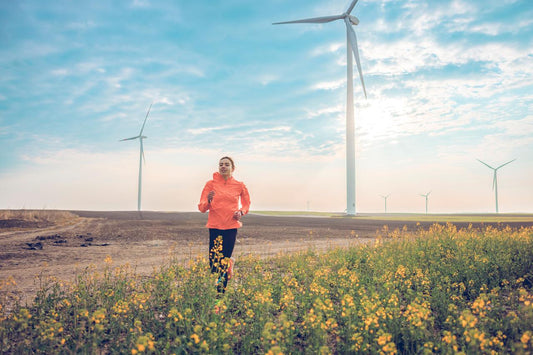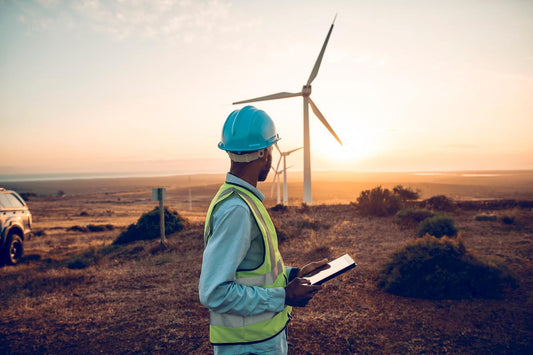Wind turbines, those majestic giants gracefully spinning across fields and coastlines, come in a variety of shapes and sizes. Each type is meticulously designed to optimize energy capture for specific wind conditions and environments. This article delves into the world of wind turbine types, equipping you with the knowledge to differentiate between these green giants.
The Classic Workhorse: The Horizontal Axis Wind Turbine (HAWT)
The most common type of wind turbine by far is the Horizontal Axis Wind Turbine (HAWT). These turbines feature a horizontal rotor (blades) mounted atop a tall tower. The wind pushes against the blades, causing them to rotate around the horizontal axis. HAWTs offer several advantages, including:
- Efficiency: Their design allows for efficient capture of wind energy across a range of wind speeds.
- Scalability: HAWTs can be built in various sizes, from small residential turbines to megawatt-scale giants used in wind farms.
- Versatility: They can be adapted for both onshore and offshore wind farms.
The Up-and-Comer: The Vertical Axis Wind Turbine (VAWT)
While HAWTs dominate the landscape, Vertical Axis Wind Turbines (VAWTs) are gaining traction. Unlike HAWTs, VAWTs have a vertical rotor that spins about a vertical axis. This unique design offers distinct benefits:
- Omnidirectional: VAWTs can capture wind from any direction, eliminating the need to constantly adjust the turbine's position.
- Urban Friendly: Their smaller footprint and lower noise levels make them suitable for urban environments.
- Lower Wind Speed Performance: VAWTs can be effective in areas with lower average wind speeds.

However, VAWTs also have limitations:
- Efficiency: Generally, they are less efficient in energy capture compared to HAWTs at higher wind speeds.
- Scalability: Currently, VAWTs are typically smaller in size compared to HAWTs.
Choosing the Right Turbine for the Job:
The selection of a wind turbine type depends on various factors, including:
- Wind Speed: The average and peak wind speeds at the intended location.
- Site Characteristics: Land availability, proximity to buildings or communities, and environmental considerations.
- Energy Needs: The amount of electricity required.
Beyond the Basics: Specialized Turbine Types
The world of wind turbines extends beyond HAWTs and VAWTs. Specialized turbine designs cater to specific needs, such as:
- Upwind vs. Downwind HAWTs: The placement of the tower relative to the rotor (upwind or downwind) influences factors like efficiency and structural loads.
- Multirotor Turbines: These innovative designs feature multiple rotors on a single tower, potentially increasing energy capture.
The Future of Wind Turbine Design:
Wind turbine technology is constantly evolving. Advancements in materials, blade design, and control systems promise even more efficient and powerful turbines in the future.
Conclusion:
Understanding the different types of wind turbines is crucial for appreciating the versatility and adaptability of this clean energy technology. As wind energy continues to play a vital role in our transition to a sustainable future, these green giants will keep evolving to harness the power of the wind more effectively.




